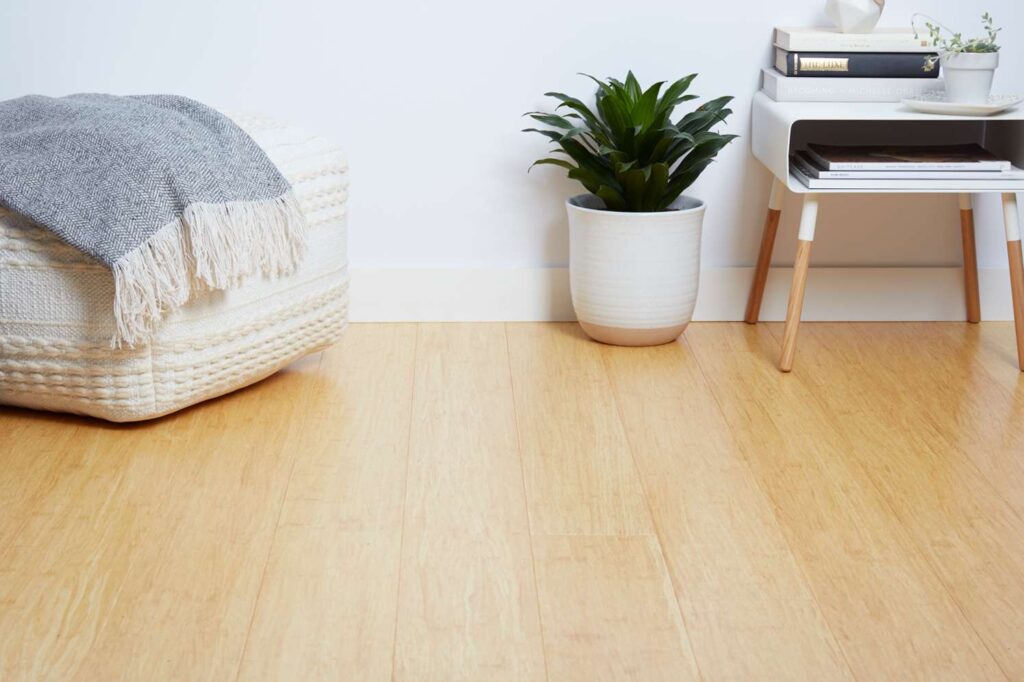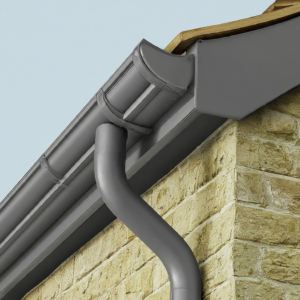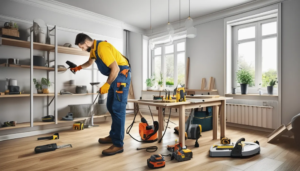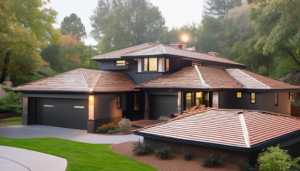
Finding sustainable and environmentally friendly ways to live is one of the most pressing issues facing the majority of our population, including homeowners. Many materials, such as cabinets, countertops, flooring, backsplashes, paint, lighting, appliances, and fixtures, are used in kitchen remodels. It seems like there is no end to the list. The eco-friendly and recycled items are becoming more popular in the kitchen and bathroom market as a means of “living green” and contributing to environmental conservation.
Recycled glass is a highly aesthetically attractive material for worktops and tiling. Recycled glass may appear to be less expensive than normal grade material, but in most cases, it is significantly more expensive. Because recycled glass is a combination of post-consumer and post-industrial glass waste, recycled glass tiles for backsplashes or even bathrooms are thought to be very sustainable.
It is imperative that you inquire about the precise composition of recycled glass from your source, as it might vary from 50% to 100%. Recycled glass tiles are available in an array of hues and designs, with many of them being handcrafted, which occasionally results in size discrepancies. Recycled glass tiles contain very little to no colorants or oxides, and many tile producers will retain the original hues of the pre-recycled glass.

Recycled glass surfaces, such as countertops, are made up of 75% to 85% recycled glass, typically from curbside recycling programs in the community, combined with a resin that is largely environmentally benign. In addition, they occasionally employ windows, drinking glasses, automobile glass, recycled glass from building demolitions, post-industrial glass, and pretty much any other kind of glass you can imagine.
Generally speaking, these worktops are equally as sturdy as granite or quartz surfaces. They are resistant to heat and scratches, although depending on the manufacturer, they might need to be sealed every few years.
Installing environmentally friendly flooring is also quite common in the realm of green building. Bamboo is one choice for environmentally friendly flooring materials. It’s crucial to keep in mind that not all bamboo flooring is created equal. While selecting to utilize bamboo flooring, it is important to check for specific traits.
Performance, longevity, moisture management, ecologically safe adhesives and coatings, and durable finishes. Granted, not all bamboo flooring are created equal. The hardness, maturity period, color, and grain patterns of bamboo vary depending on the species.
It’s crucial that your bamboo flooring be installed and maintained correctly, but it’s even more crucial that the manufacturer guarantees an industry standard moisture content of between 6 and 9%. If not, the wood may eventually crack, distort, or delaminate. A long-lasting finish is achieved by using it. You may test surfaces to see which ones chip off easiest or leave the most scratches, while it is hard to judge which finish is best simply by looking at it. To observe the differences, though, you will need to test things out for yourself.
Recall that there is a wide range of environmentally friendly items available nowadays. Make use of what fits your lifestyle and house, but don’t skimp on quality. For as long as possible, you want materials that will help you reduce your carbon impact.
-
Challenges to Face While Installing Soffits and Gutters
Installing soffits and gutters is a critical component of maintaining the structural integrity and aesthetic appeal of a home. However,
-
What Tasks A Handyman Can Easily Manage in Minnesota?
Handymen play a crucial role in maintaining and improving homes across Minnesota. From minor repairs to significant renovations, these skilled
-
Roof Replacement in Minnesota Considering Weather Conditions: Materials, Layouts, and Techniques
Roof replacement is a significant home improvement project that demands careful consideration, especially in a state like Minnesota where the
-
Futuristic Residential Remodeling – What to Expect: The Advancements at Home?
In recent years, the realm of residential remodeling has undergone a significant transformation. With advancements in technology, innovative materials, and
-
How to Increase the Water Pressure in Kitchen Faucets?
A common household issue many homeowners face is low water pressure in their kitchen faucets. This problem can disrupt daily
-
DIY – How to Make Engraved Garden Labels On Your Own?
Creating a beautiful and well-organized garden is a rewarding experience for any gardening enthusiast. One way to add a personal
-
Hide Screws in Wood in 7 Different Ways: Latest Techniques
In the realm of woodworking and furniture making, aesthetics and durability often go hand in hand. One of the persistent
-
Replace Kitchen Track Lighting in an Efficient Way
Kitchen track lighting has become a popular choice for homeowners these days who are seeking a versatile and modern lighting
-
How You Can Hang a Kitchen’s Corner Cabinet Yourself?
Renovating your kitchen can be a fulfilling and cost-effective endeavor, especially when you decide to take on some of the
-
How to Clean Your Outdoor Furniture in Minutes?
Maintaining your outdoor furniture’s pristine condition can be a daunting task, especially with the exposure to various weather elements. However,














Pingback: How many times can wood flooring be sanded and refinished? - Minnesota Residential Remodeling